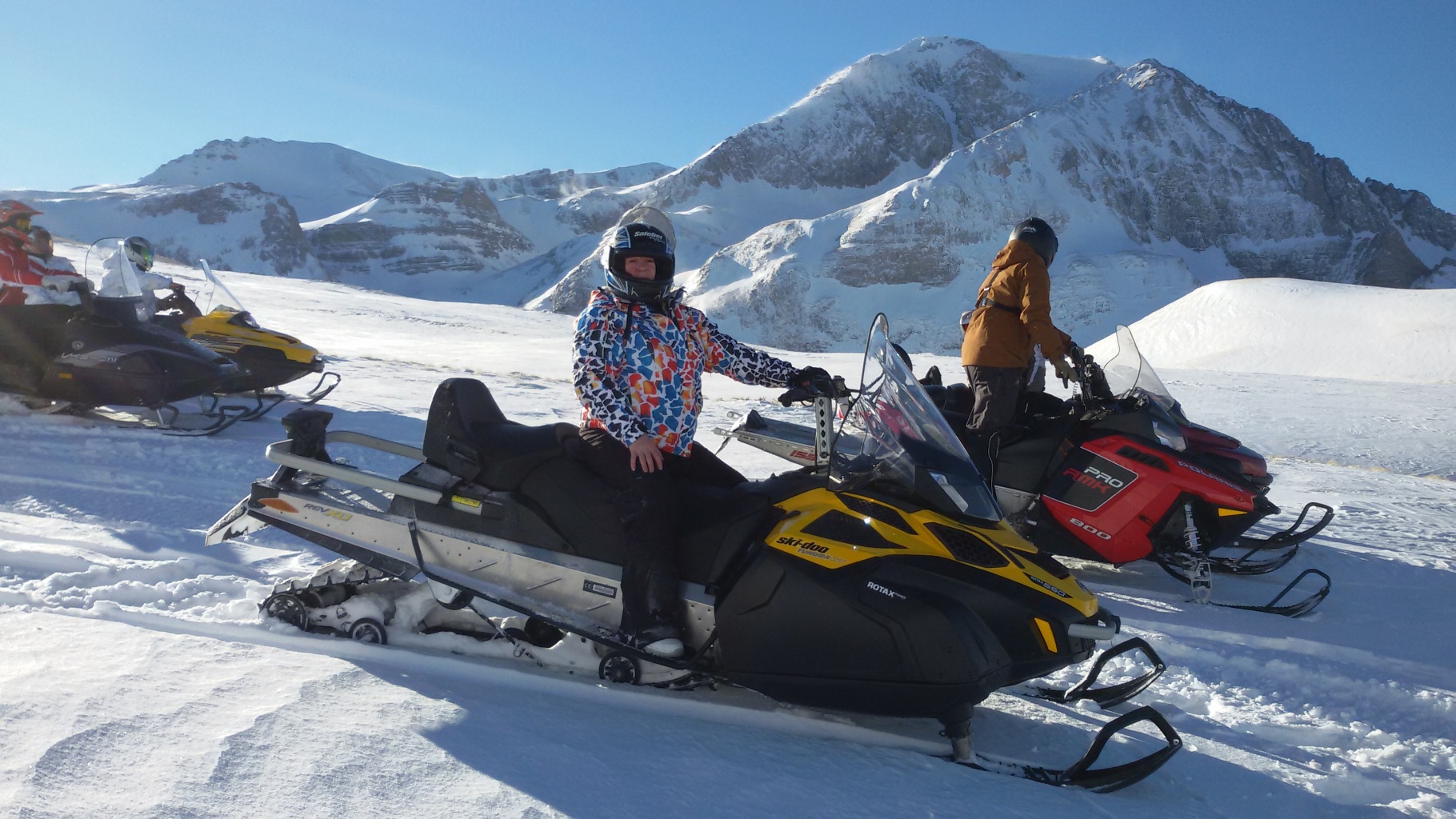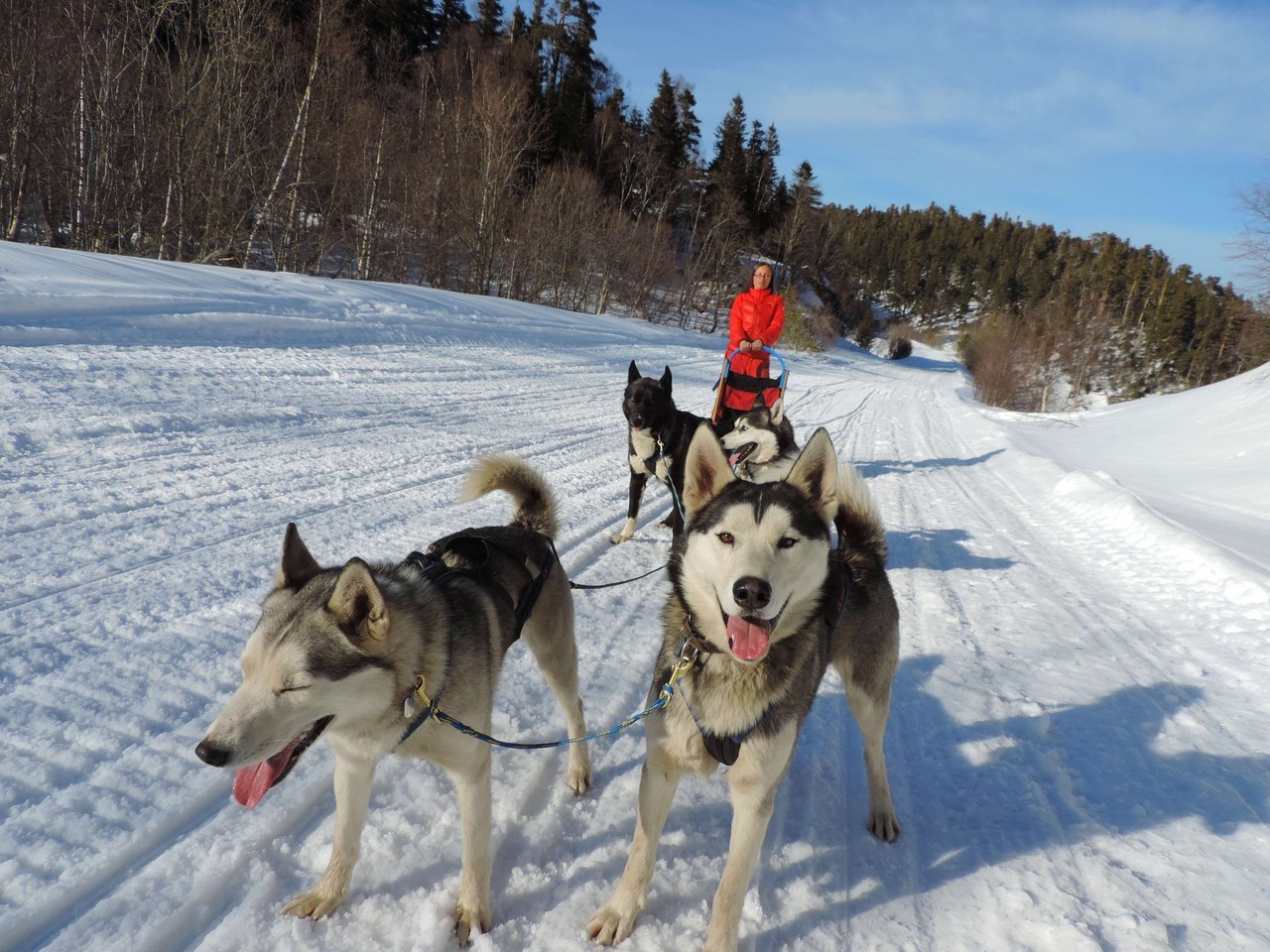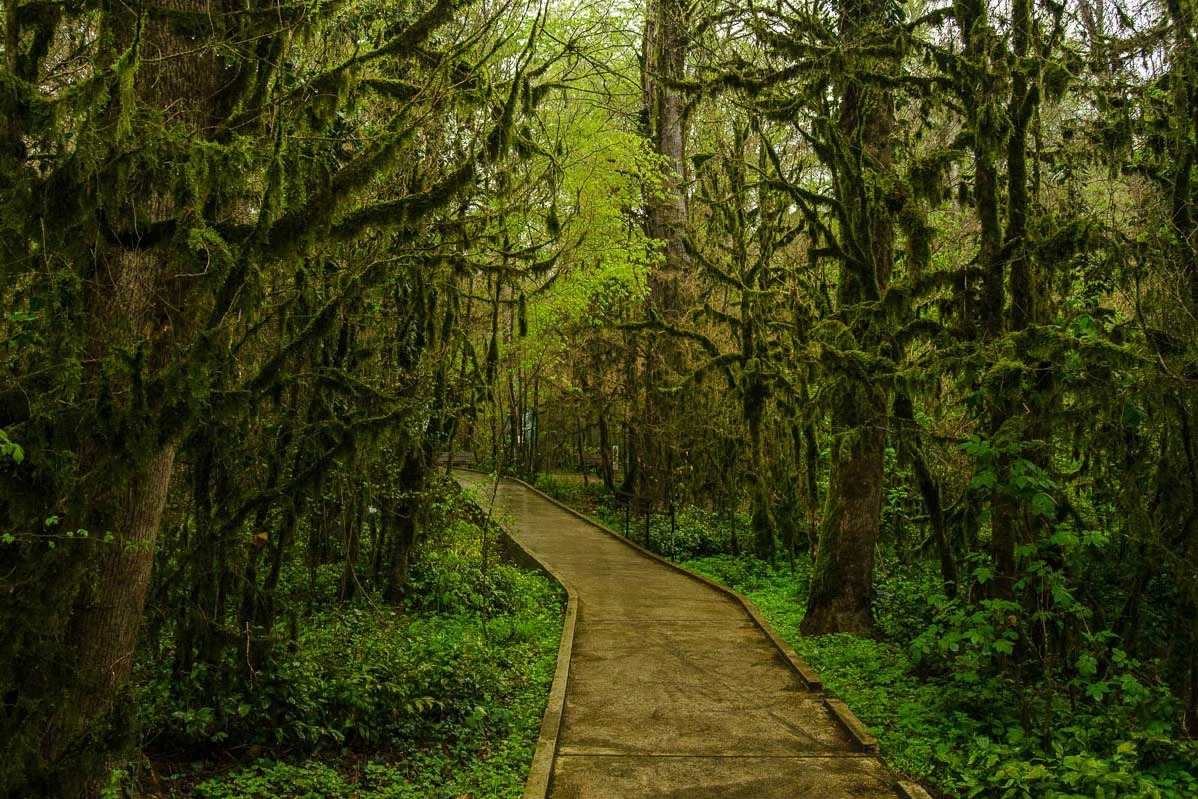
The Caucasian Nature Reserve attracts increasingly more visitors. Summing up the results of the past year, Sergey Shevelyov, the Head of the Caucasian Nature Reserve, talked about how they achieved profitability in this specially protected natural reservation via attracting more visitors.
"Over the past year, the Reserve’s revenues were 75 million roubles, five of which were earned by the Southern Cultures Park. I would like to note that in 2012, our income totaled 1.2 mn roubles. Now, in just eight days of the New Year holiday season, we received over 3 mn roubles. Moreover, this was achieved not by increasing the cost of our services, but by increasing the number of tourists. For example, we even reduced the admission ticket price to 200 roubles in Guzeripl. Over the past year, 250,000 tourists visited the Nature Reserve attractions, this is by 40,000 more than in the previous year.

Soon, similar services will appear on the Lagonaki tableland. Previously, all visits to the site were limited to a 30-minute snowmobile ride. Last year, we set up houses - fully equipped ones for four people - and for the first time, we opened a mountain tourism museum. However, we do not just seek money. Accommodation in these houses costs about 500 roubles per person per night. The main thing is to cultivate love of nature.
A new type of tourism has appeared in the Reserve - a scientific one. A group of 5-6 persons accompanied by researchers goes to the high-altitude weather station Dzhuga. During the trip, the participants can take pictures of animals and have informative lectures. The tourists are accommodated in the renovated building of the weather station. There are 14 rooms, hot water supply, TV-sets, internet, refrigerators. Over 7 mn roubles were invested to fit out the building.
One of the main ideas is to make the loop routes in the Nature Reserve, so that the trips were more interesting and also more eventful. For example, in the famous yew-boxwood grove in Sochi, there has been one 1.8-km long route for over 30 years. Recently, we have offered a large 5-km one, which allowed us to significantly increase the number of visitors without increasing the admission ticket cost.

The Leopard Trail in Guzeripl is especially popular in the Reserve. This is a small interactive 1.8-km route that allows you to learn about the life and habits of the Persian leopard. By the summer season, the Bison Trail will be set up in the Laura open-air enclosure complex. In addition, we plan to make special sites in the enclosure complexes to allow observing the animals from above and not from behind the net fence.
The number of tourists in the Reserve is growing due to the expansion of their geography. Over the past year, there were visitors from 11 countries, and a specially protected area was included in the list of tourism destinations for the Middle East travelers. Among the Arab tourists, this open-air enclosure complex is especially popular, as well as hiking and sightseeing in the area of the Krasnaya Polyana. Soon, the adventure activities will include helicopter flights.
Last year, the control of the Priazovsky Sanctuary was turn over to the Caucasian Nature Reserve. It turned out to be very problematic. Over 7 months of work, more than 200 administrative and 39 criminal cases were opened against poachers. First of all, we started updating the technical base: 6 mn roubles were spent to buy new equipment, infrared imagers, boats, and clothes. Four expeditions were carried out to register birds. Today, it is the largest wildlife sanctuary and it ranks second after the Volga area, where 257 species of birds exist. The main problem is the local population, who live off the fishing and hunting. In 2016, 300 permits for shooting birds were issued. Recently, a decision has been taken that no shooting will be carried out.
In order for tourism in the Reserve to develop in harmony with the nature, they addressed the garbage problem in the area of special protection. In the coming year, when visiting these areas, tourists will be advised to use no plastic dishes and wet wipes. For this purpose, special managers and volunteers will appear at the shelters.
In the last summer season, an adviser was constantly on duty at the Bzerpinsk corniche, telling how to sort garbage and wash dishes, this allowed to reduce the number of those visiting the routes without a ticket, and the amount of garbage left. As it turned out, people are ready to take away the waste, but many of them simply do not know, for example, that wet wipes - like plastics - do not decompose. Therefore, we will do awareness-raising work among the hikers and hope for their consciousness.
It is worth noting that public awareness efforts give positive results. So, the amount of garbage taken out this year at the Fisht Shelter was 40 cubic metres, it is 80 percent down in the area of the Bzerpinsk corniche.
And if they are ready to solve the garbage issues in the Caucasian Nature Reserve by themselves, the problems of the destruction of boxwood and chestnut trees by pests should be considered at the national level. Attacked by pyralid moths brought with the planting material for the Sochi's Olympic venues, Buxus colchica is in a very tough situation today.
The box-tree pyralid moth centres still exist, this pest is only beginning to acquire natural enemies in the region, the only limiting factor is the lack of food resources. Now, this moth population is depressed, but when the green leaves appear, it will wake up.
Last year, chestnut trees also added to the boxwood problem. Another invasive species, the chestnut gall wasp, has intensified its presence in the region. The pest destroys the shoots, and the weakened tree ceases to give out the leaves necessary for its survival.

As for the mimosa blooming in the midwinter in Sochi, there is nothing strange. The reason is the cool early summer and long warm autumn. Such phenomena, although rare, do occur. And in order to get into the fairy tale ‘The Twelve Months’ you just need to take a walk in the yew-boxwood grove in Sochi. Here, the Caucasian hellebores, cyclamens, and snowdrops have already burst in blossom. And the practice shows, such natural beauty can be very fragile".
